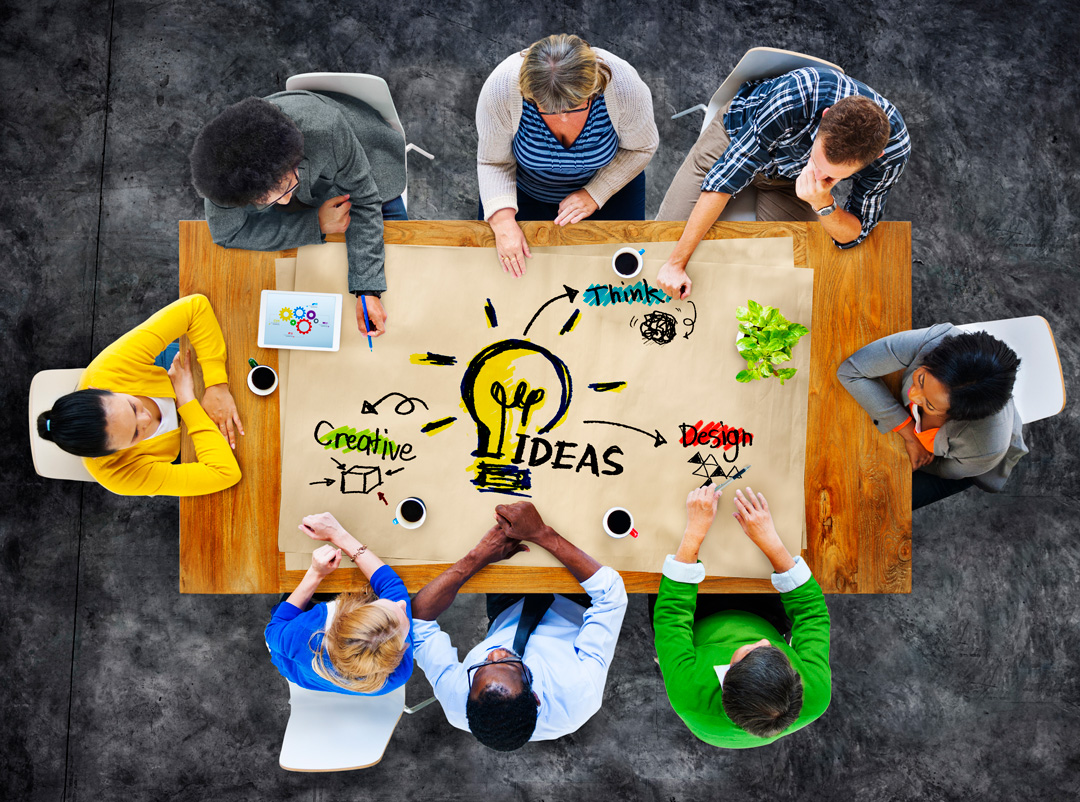Resources, assets, reach. The private sector is compelled to muster all three to tackle the complex issues that are essential to realizing a sustainable future for themselves, their customers and society.
With the adoption of the Sustainable Development Goals, governments around the world have set the course for a sustainable future for all by 2030. If we are to get anywhere close to achieving this ambitious vision, the private sector must step up and mobilize.
Achieving these Global Goals involves more than modest contributions by business and industry. They must re-engineer their business models and value chains in ways that go beyond incremental and known solutions. Canadian Business for Social Responsibility published the Qualities of a Transformational Company a few years ago. It’s a roadmap that defines how business can transform its operating model and operating context to help put society and its business on a sustainable path. One of the top qualities is that companies adopt long-term bold goals beyond the foreseeable future to foster innovation and out-of-the-box thinking.
Sound far-fetched? Seem unachievable? Far from it. Here are the criteria leading companies are using to accelerate and scale their contributions to a sustainable future for their business and society:
- Address long-term societal trends, risks and opportunities in ways that create value for the company, customers, its value chain and society
- Set ambitious, overarching and aspirational quests
- Look beyond organizational boundaries (e.g. suppliers, customers, industry peers) and current capabilities
- Anticipate beyond foreseeable future and known solutions; i.e. beyond business as usual
- Adopt context or science-based goals which address corporate performance against the carrying capacity of social and natural resources
- Guide the company so its operations and value chain don’t exceed environmental and social boundaries, thresholds, norms and limits
- Determine what is a “reasonable share” to contribute to the Sustainable Development Goals
- Take a precautionary approach that considers how the company relies on, improves, destroys or changes human, social, or natural capital in the way it conducts its business
- Impose stretch targets with shorter-term commitments (e.g. 5 years) to operationalize the steps to achieving their ambition
- Clarify the end state to show how the company will contribute to a future sustainable business and society.
Visionary Goals and Targets to Accelerate Sustainable Solutions
The following table provides an overview of a dozen companies that are at the vanguard of sustainable goal-setting.
Note that some of the targets below are for 2020: they were set earlier.
| Company | Long-Term Goal and Target |
|---|---|
| HSBC source |
|
| TD source |
|
| Walmart source |
|
| Unilever source |
|
| Dow source |
|
| Marks and Spencer source |
|
| Kingfisher source |
|
| BT source |
|
| Sony source |
|
| Seventh Generation source |
By 2025:
By 2030:
|
| Salesforce source |
|
| Apple source |
|
If you’re inspired by what these businesses are doing but feeling overwhelmed by the challenge of moving forward, engage your Boards and senior leaders in the conversation. Start by defining and adopting bold long-term goals. This set of guidelines will help: The New Sustainability Vision: Setting Sail to a Better Future.
We have the research, best practices, guidelines and tools to create a sustainable future for everyone by 2030. All we need now is action.
REI, an American outdoor gear company, is launching a series of conversations with creative thinkers on the future of the outdoors, as it embarks on its next 80 years. They want to ensure that the outdoors is central to the American way of life. This will inform the company’s future impact agenda. Watch this space for developments.


